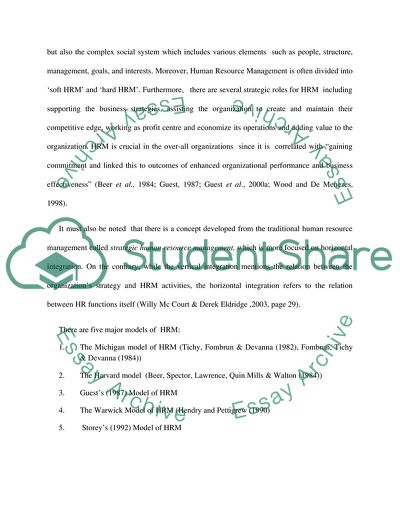Cite this document
(Human Resources Strategies and Practices of Reliance Industries Limite Case Study, n.d.)
Human Resources Strategies and Practices of Reliance Industries Limite Case Study. Retrieved from https://studentshare.org/human-resources/1731157-just-proofreading
Human Resources Strategies and Practices of Reliance Industries Limite Case Study. Retrieved from https://studentshare.org/human-resources/1731157-just-proofreading
(Human Resources Strategies and Practices of Reliance Industries Limite Case Study)
Human Resources Strategies and Practices of Reliance Industries Limite Case Study. https://studentshare.org/human-resources/1731157-just-proofreading.
Human Resources Strategies and Practices of Reliance Industries Limite Case Study. https://studentshare.org/human-resources/1731157-just-proofreading.
“Human Resources Strategies and Practices of Reliance Industries Limite Case Study”. https://studentshare.org/human-resources/1731157-just-proofreading.


